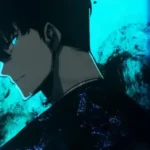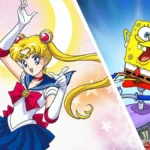Dark fantasy anime has taken the spotlight in recent years, drawing in fans with its intense storytelling, morally complex characters, and eerie, unpredictable worlds. Unlike traditional fantasy, where heroes triumph and happy endings are the norm, dark fantasy thrives on despair, tragedy, and the harsh realities of its universe. And let’s be honest—there’s something thrilling about watching characters struggle against overwhelming odds, knowing that not everyone is guaranteed to make it out alive.
So why is dark fantasy anime so popular right now? Is it the brutal action? The rich, immersive worlds? Or maybe we just love a story that isn’t afraid to break our hearts. Let’s dive into the rise of dark fantasy and why we just can’t get enough of it! 🖤🔥
Claymore
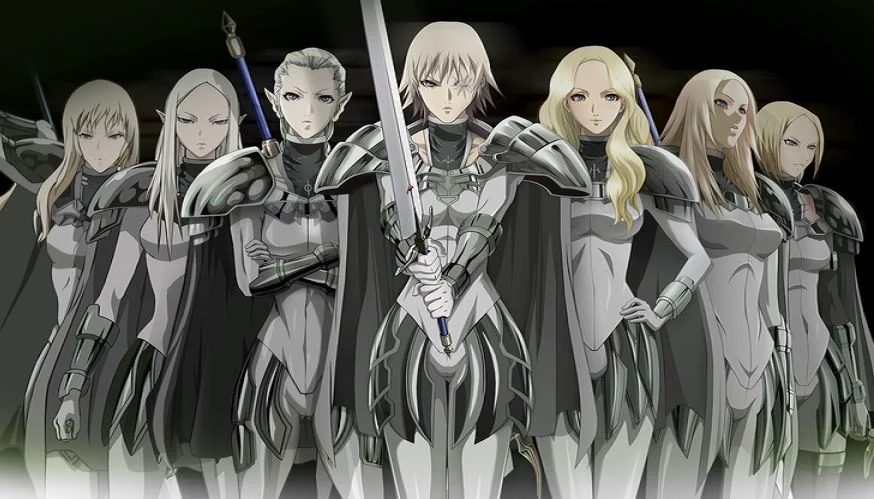
In a world ravaged by demons known as Yoma, Claymore doesn’t offer salvation—it offers survival. The story centers around Clare, a half-human, half-Yoma warrior belonging to an organization that turns orphaned girls into living weapons. There’s no grand prophecy, no chosen one—just a cold, lonely path paved with loss and quiet rage. And that’s exactly why Claymore resonates. The bleak, medieval setting, the haunting stillness between battles, the way every victory feels more like a delay of inevitable death—it’s dark fantasy distilled to its core.
But beneath all the sword clashes and monstrous transformations, Claymore is deeply personal. Clare isn’t fighting to save the world; she’s fighting to hold onto her humanity in a world that’s taken everything from her. Her strength doesn’t come from superpowers—it comes from pain, from heartbreak, from not letting go even when the world wants you to break. And that’s the magic of dark fantasy. It strips away the shiny armor and shows us heroes made of scars. Claymore isn’t comforting—it’s confrontational. It challenges you to face the ugliness of loss, the burden of vengeance, and still find something worth fighting for in the wreckage.
That’s the kind of story people need right now. Not perfect endings, but raw truths.
Made In Abyss
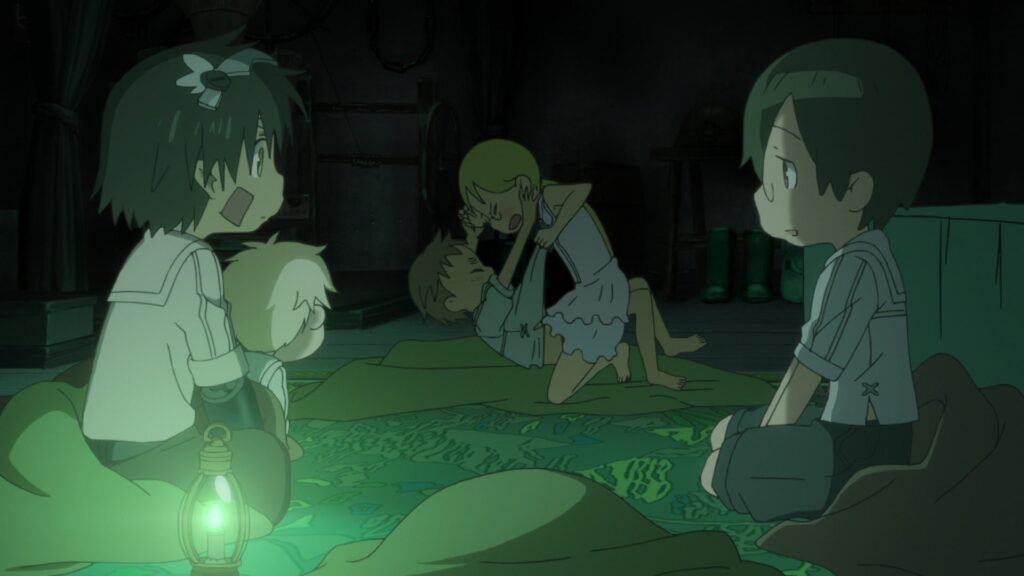
There’s Made in Abyss, a story that lures you in with its soft colors and whimsical designs—only to drag you, unblinking, into the heart of darkness. On the surface, it’s about a young girl, Riko, descending into a massive pit called the Abyss to find her mother. But the deeper she goes, the more this world sheds its innocence. The Abyss isn’t just deep—it’s cruel. Each layer strips something away: sanity, safety, even the human body. The deeper you go, the harder it is to return—literally. And that’s where it hits.
This anime doesn’t just explore the unknown. It forces its characters—and you—to confront it. The body horror, the emotional trauma, the unbearable choices… all wrapped in a dreamlike aesthetic that makes every tragedy feel even sharper. It’s beautiful, yes—but in the way a poisonous flower is. And yet, Made in Abyss isn’t tragedy for the sake of it. It’s about resilience. About innocence marching hand in hand with horror and still choosing to move forward. That quiet strength, that refusal to turn away even when things get horrifyingly real—that’s dark fantasy at its peak.
In a time where audiences crave stories that don’t sugarcoat reality, Made in Abyss delivers something unforgettable: a journey that’s as painful as it is profound.
Stay Night

There’s Stay Night—an underrated gem that dives into the shadows of humanity with quiet intensity. Unlike other dark fantasies that roar with monsters and blood, Stay Night creeps in slowly, like a bad dream you can’t quite shake. It’s a world where the supernatural bleeds into the everyday, where curses linger in alleyways and hope is a currency long spent. The story doesn’t rely on spectacle. It thrives on tension, silence, and the weight of choices.
What makes it stand out is its emotional rawness. Characters are broken, not just by the world around them, but by themselves. Every power they gain comes with a cost—morally, mentally, spiritually. And that’s what modern dark fantasy does best. It doesn’t just show us monsters. It asks us what kind of monsters we might become when pushed far enough.
Stray Night may not shout, but it lingers. It whispers truths in the dark. And for many fans, that’s exactly the kind of darkness they crave—a haunting, slow-burning tale that cuts deeper the longer you sit with it.
Redo of Healer
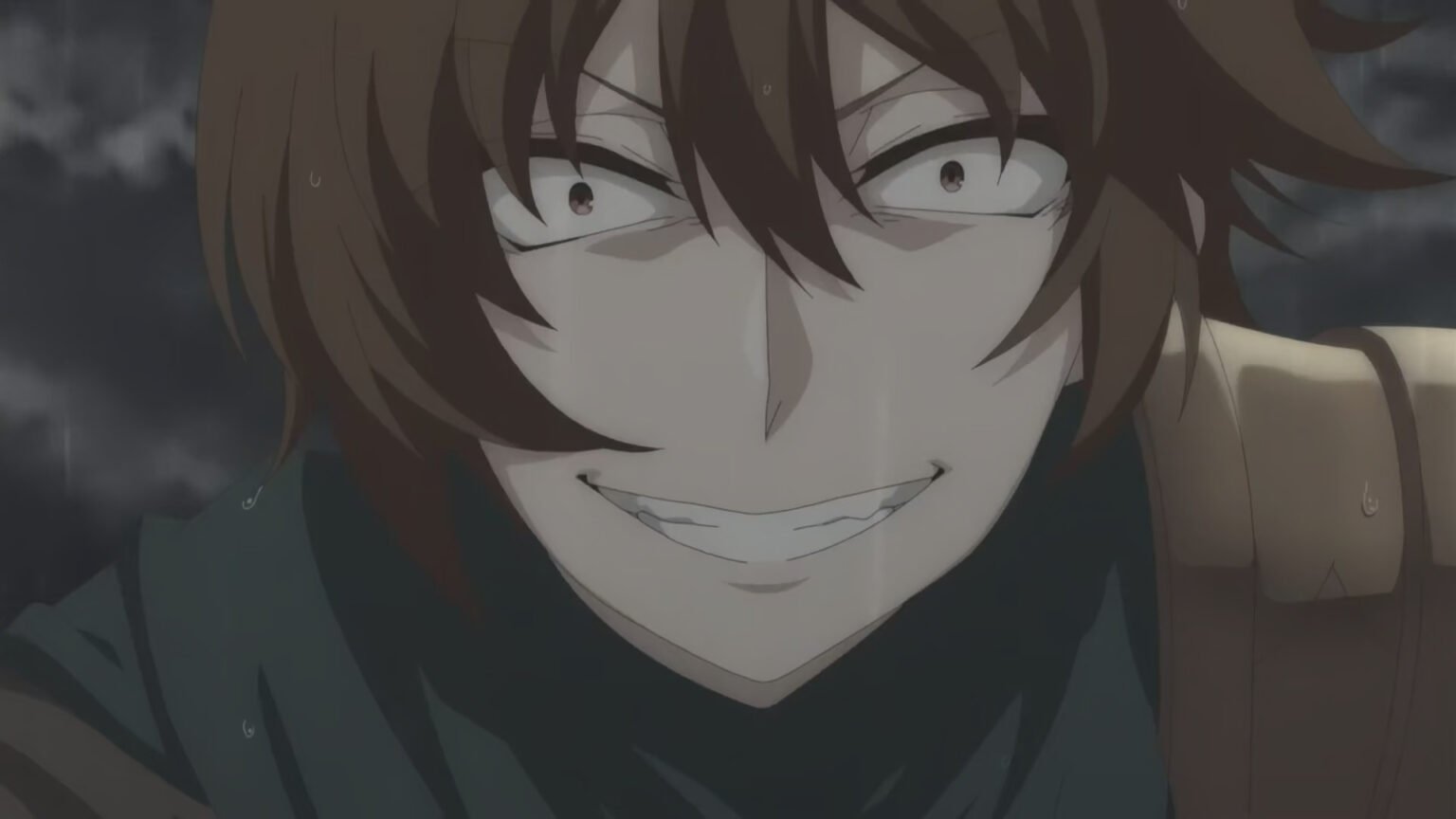
Then comes the most controversial of them all—Redo of Healer. It’s not just dark fantasy; it’s pitch-black. Where most anime hint at revenge, this one dives into it headfirst and never looks back. It’s brutal, uncomfortable, and in many ways, deliberately disturbing. At its core, it’s the story of a healer named Keyaru, broken and betrayed by the very heroes he served. But instead of seeking peace or justice, he rewrites time to serve his vengeance cold, cruel, and calculated.
This is where dark fantasy crosses a line—and that’s the point. Redo of Healer doesn’t want to be liked. It wants to be felt. Every decision Keyaru makes is soaked in trauma and rage. And while some see it as exploitation, others view it as a twisted mirror to a world that often asks for forgiveness without atonement. It challenges the viewer. It forces you to sit with discomfort. That’s the hallmark of modern dark fantasy: stories that aren’t here to make you cheer, but to make you confront something uglier—something real.
In the rise of this genre, Redo of Healer holds a strange place. It’s not for everyone, and it knows that. But its very existence proves that anime fans are searching for stories that don’t pull punches—even when those punches leave bruises.
The Girl From Otherside

There’s The Girl from the Other Side, a hauntingly gentle whisper in a genre full of screams. Unlike the blood-drenched brutality of other dark fantasies, this story moves like a lullaby lost in a cursed forest. It follows a young girl named Shiva and a horned creature known only as Teacher, living in a world divided between the “Inside” and the “Outside”—a quiet apocalypse where touching the wrong being turns you into something unrecognizable. It’s not loud. It doesn’t rush. It just… aches.
This anime redefines what dark fantasy can be. It doesn’t scare you with violence—it unsettles you with silence, distance, and the creeping fear of isolation. Shiva’s innocence is set against a world that’s forgotten how to love, and Teacher’s monstrous form hides a soul aching for connection. It’s a story of boundaries—between light and dark, between fear and affection. And that’s where it stings the most. Because sometimes the scariest thing isn’t the monster under the bed—it’s knowing you can’t touch the one person who makes you feel safe.
In an era where dark fantasy is more popular than ever, The Girl from the Other Side proves that horror isn’t always about blood. Sometimes, it’s about loneliness. And sometimes, that hurts even more.
Dororo

If there’s one tale that feels like it was carved straight from the bones of dark fantasy itself, it’s Dororo. A cursed child born without limbs, eyes, or even skin—Hyakkimaru is the product of a deal his father made with demons in exchange for power. From the moment he enters the world, his existence is nothing but pain, silence, and darkness. And yet, he moves forward. He fights. Not just to reclaim his stolen body, but to understand what it means to be human.
Dororo isn’t just about monsters—it’s about the monster within. Every demon Hyakkimaru slays gives him back a piece of himself, but each step closer to humanity brings new emotions, new rage, and new suffering. It’s a painful irony: the more human he becomes, the more he feels the weight of grief, anger, and love. And through it all, Dororo—the fiery, orphaned child at his side—grounds him, teaches him, and sometimes suffers because of him.
This is the essence of dark fantasy: not just cruelty, but the fragile humanity trying to bloom inside it. Dororo holds up a mirror to us all. How much are we willing to lose to gain something back? What do we become after all the pain?
In stories like these, the darkness isn’t just setting—it’s the soil. And out of it, something unforgettable grows.
Hell Sing Ultimate

Hellsing Ultimate—a gothic opera of blood and brutality that doesn’t shy away from its own madness. It’s stylish, unapologetically violent, and soaked in nihilism, yet every frame pulses with a sense of dreadful beauty. This isn’t just dark fantasy—it’s war, religion, and monstrosity crashing together in a cathedral made of bullets and screams. At its heart is Alucard, the ultimate vampire, a creature of death who exists not to protect humanity—but to witness just how far it can fall.
What makes Hellsing Ultimate stand out isn’t just the gore or the horror—it’s the way it wrestles with power and purpose. Alucard, seemingly invincible, isn’t a hero. He’s a force of nature, tired of existence, hungering not for blood but for something to give his destruction meaning. His battles are brutal, operatic dances with fate, and his enemies are often reflections of the same twisted philosophy: that in darkness, perhaps only monsters can save us.
It’s this kind of storytelling—vicious, poetic, and completely unhinged—that keeps dark fantasy thriving. Hellsing Ultimate isn’t here to make you feel safe. It’s here to ask, “What if salvation is just a prettier kind of damnation?”
And that’s exactly why we keep coming back.
Beserk
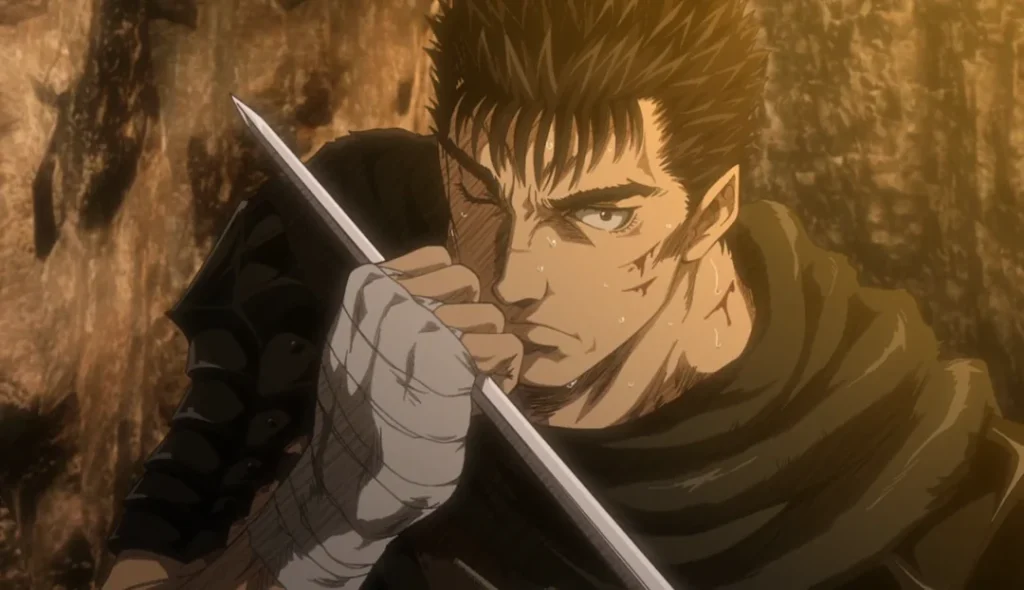
one name that defines the soul of dark fantasy—it’s Berserk. Not just a story. Not just an anime. Berserk is a wound that never quite heals. From the brutal rise of Guts, the Black Swordsman, to the terrifying fall of Griffith, this is a tale soaked in blood, betrayal, and despair—and yet it remains hauntingly human. It doesn’t just flirt with darkness. It marries it. And through that union, it reveals truths most stories are too afraid to touch.
Guts isn’t a hero. He’s a survivor. Every swing of his massive sword isn’t just to kill—it’s to keep moving forward in a world that’s given him every reason to stop. And that’s the beauty of Berserk. In its most hopeless moments, in the middle of trauma and horror, it never completely loses sight of something fragile: the will to fight, not for vengeance, but for meaning. Every sacrifice, every scar, every moment of silence between battles—it all adds up to a story that doesn’t beg for sympathy, but dares you to endure.
And that’s why dark fantasy speaks to us right now. In a time when everything feels uncertain, when reality is sometimes more frightening than fiction, Berserk gives us a mirror. One that doesn’t lie. One that says: “This world is cruel. But if you’re still breathing, then you’re still standing.”
Chainsawman
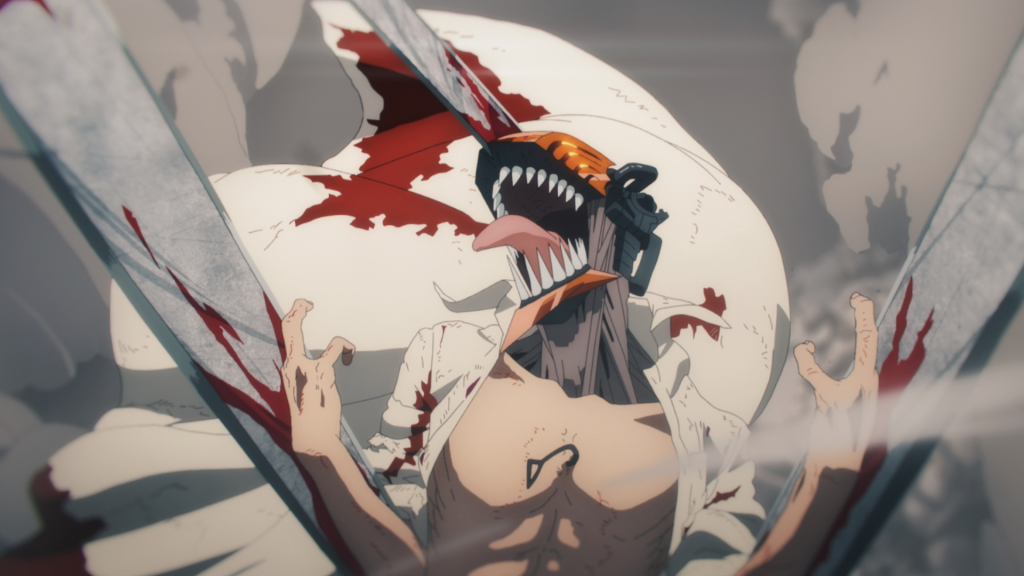
Chainsaw Man—a chainsaw-screaming, blood-splattered fever dream that doesn’t ask for your permission before dragging you through the dirt. This isn’t a story about saving the world. It’s about surviving it. Denji, our chainsaw-wielding devil hunter, doesn’t dream of glory—he dreams of toast with jam, a warm bed, and maybe, just maybe, someone to hug him without a knife behind their back. It’s tragic. It’s vulgar. It’s painfully real.
What makes Chainsaw Man so compelling in the dark fantasy space isn’t just the grotesque devils or violent chaos—it’s the humanity in between the madness. Denji’s life is ugly and unfair, yet his desires are simple and pure. And the world punishes him for it. Again and again. The betrayals cut deeper than the chainsaws, and the loneliness hits harder than the bloodshed. But still—he keeps going. He laughs. He cries. He eats. He tries.
In this era where dark fantasy anime speak louder than ever, Chainsaw Man screams the loudest: “Even broken people deserve to dream.” And that resonates—because life isn’t about noble causes or epic legacies. Sometimes, it’s just about making it to tomorrow, even if you have to claw your way there with chainsaws for hands.
Jujutsu Kaisen

Jujutsu Kaisen—a series that practically redefined modern dark fantasy for a whole new generation. It kicks off like your typical exorcist tale, but within minutes, you realize: this world is not kind, and its rules are written in blood. Yuji Itadori never asked to be a hero. He swallowed a cursed finger to save a friend—and in doing so, became a ticking time bomb. That’s the heart of Jujutsu Kaisen: self-sacrifice in a world that doesn’t give you time to breathe.
What sets it apart is how raw it is. Every cursed spirit isn’t just a monster—they’re born from real human emotion: fear, hatred, grief. And that makes them more terrifying, because they feel familiar. The power system is brutal. The fights? Visceral. But it’s the emotional gut punches that leave you stunned. Deaths aren’t dramatic farewells. They’re sudden, cruel, and unfair. People die with words still in their throats, dreams unfinished, and lives unlived. That’s reality—and Jujutsu Kaisen isn’t afraid to show it.
It’s not just about exorcising curses. It’s about what people leave behind. The regrets. The pain. The fragile bits of hope. And that’s why Jujutsu Kaisen hits so hard—it wraps its darkness in heartache and asks us, “If the world is this cruel, what will you do with your borrowed time?”





